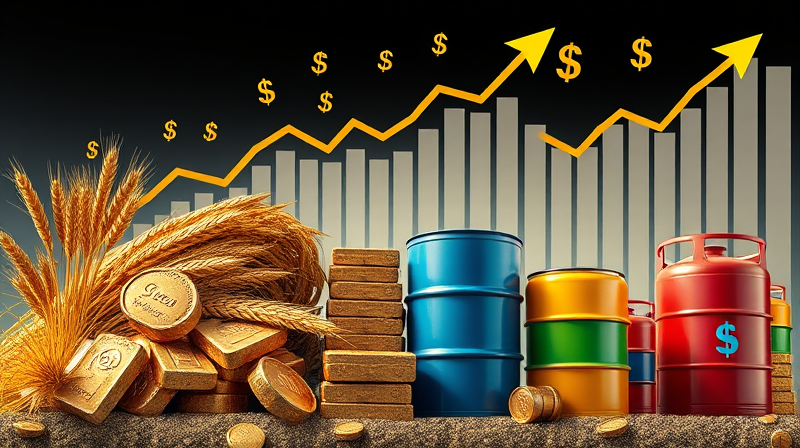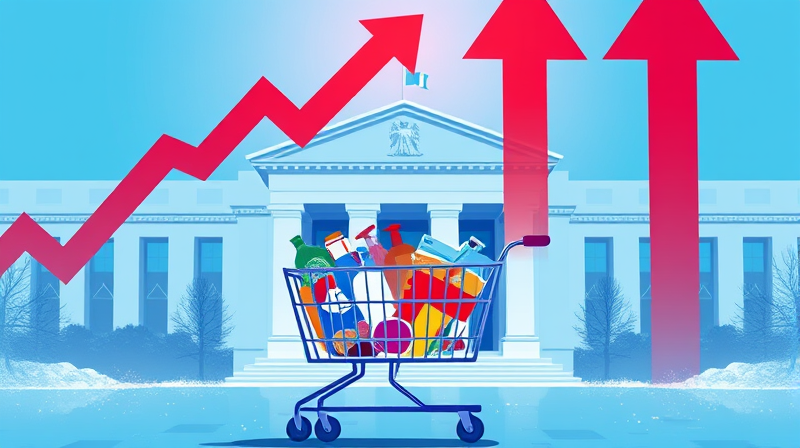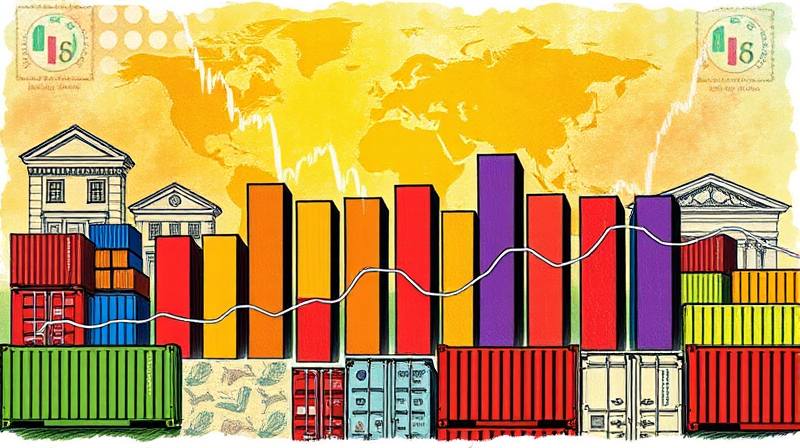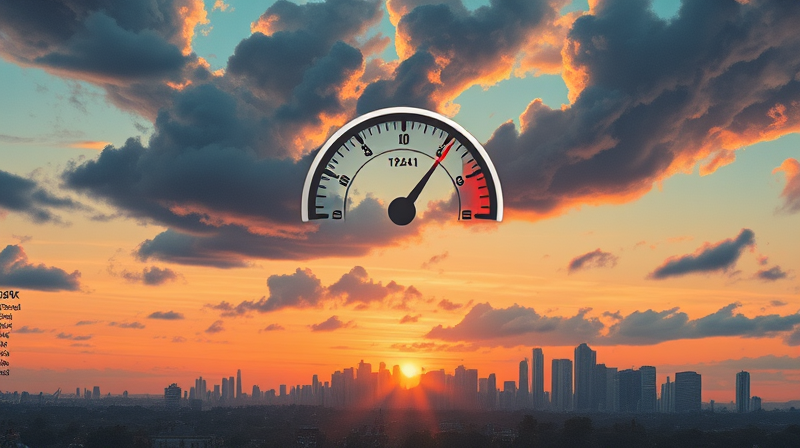
In recent years, inflation has emerged as a defining theme in global markets. As central banks grapple with elevated price levels and policymakers monitor consumer spending, many investors have sought stability beyond traditional stocks and bonds. Historically, commodities have outpaced other asset classes during phases of persistent inflation, offering a tangible buffer when purchasing power erodes.
From energy and metals to agriculture and foodstuffs, key commodity segments play a central role in everyday life and the composition of consumer price indices. Understanding how these raw materials behave under inflationary pressures can empower investors to position themselves effectively, harnessing tangible real assets in uncertain markets for resilient long-term returns.
Over the last century, commodity markets have demonstrated remarkable strength in various inflationary episodes. Data covering 1926–2022 reveal that, whether in equity bull runs or downturns accompanied by rising rates, a diversified basket of commodities often delivers superior risk-adjusted returns compared to equities, bonds, and real estate investment trusts.
More recent analysis spanning modern inflation shocks from 2000 to 2024 highlights average quarterly returns of 3.93 percent during periods of unexpectedly high inflation. By comparison, REITs and other real assets typically lagged, underlining the intrinsic hedging properties of raw materials in times of price surges.
This data underscores the advantage that commodities can deliver per unit of risk compared to cash and other traditional holdings, particularly when inflation metrics rise beyond forecasts.
Recent episodes such as the post-Covid rebound of 2020–2021 saw supply bottlenecks and pent-up demand push commodity prices to multi-decade highs, directly feeding into global consumer price spikes. Similarly, the Russia–Ukraine conflict triggered acute supply disruptions across energy, metals, and agricultural markets, sending crude oil and grain prices sharply upward. These modern shocks reaffirm the critical role of commodities in inflationary environments and highlight opportunities for prudent investors.
The remarkable performance of commodities in inflationary settings can be traced to several core mechanisms:
These factors align to create cycles where supply fails to keep pace with demand, enabling periods of unexpectedly high inflation to favor commodity investors.
Within the broad commodity complex, different segments exhibit distinct behaviors under inflationary stress. Energy products like crude oil, natural gas, and refined fuels often lead the charge, reacting swiftly to geopolitical developments and changes in global consumption patterns. However, volatile energy markets need careful analysis to navigate sharp price swings and seasonal fluctuations.
Precious and industrial metals offer alternative pathways. Gold, for instance, has traditionally served as a safe haven during stagflationary episodes, while copper acts as a barometer of industrial activity. Agricultural commodities, such as wheat, corn, and soybeans, often maintain price momentum through food demand growth and weather-related supply risks. In these categories, steady demand for agricultural products provides a stabilizing influence on overall commodity indices.
Food commodities have also drawn attention. In May 2025, food prices rose by 2.9 percent year-over-year, outpacing core inflation trends. At the same time, energy prices showed a decline, with natural gas down 8.4 percent and crude oil falling 4.8 percent. This divergence underscores the value of careful sector rotation based on market signals when constructing commodity allocations.
By balancing exposures across energy, metals, and agricultural sub-sectors, investors can construct a balanced and diversified portfolio foundation that captures the upside potential while mitigating segment-specific headwinds.
Translating commodity market insights into actionable investment plans requires thoughtful consideration of product structure, cost, and risk. Below are practical approaches to integrate commodities into a broader portfolio:
Through these strategies, investors can build powerful hedge against inflation positions that adapt to shifting economic conditions and market sentiments.
Education and research are invaluable. Subscribing to commodity-specific reports, engaging with expert analyses, and leveraging economic calendars can refine timing decisions and risk assessments. Maintaining discipline, avoiding emotional reactions to short-term swings, and adhering to a written investment thesis will further strengthen execution and outcomes.
Despite their benefits, commodity investments entail unique risks. Price volatility can be severe when supply shocks or demand contractions occur. For example, energy commodities may suffer during global slowdowns, and agricultural goods remain sensitive to adverse weather events and policy interventions.
Investors should also be aware of contango and backwardation in futures markets, which can erode returns or provide roll yield benefits depending on curve structure. Fees, storage costs, and management expenses may also affect net performance. Conducting thorough due diligence and understanding product mechanics ensures that investments align with individual goals and constraints. Effective risk management is essential. Avoiding concentration in any single commodity, maintaining diversified positions, and setting clear entry and exit rules can help mitigate the impact of sudden price moves. By maintaining a balanced risk profile, investors protect capital while staying positioned for future inflationary environments.
To construct a resilient asset mix, consider combining commodities with complementary instruments such as inflation-linked bonds, real estate, and select equities. Building liquidity cushions enables rapid adjustments when market dislocations arise, and continuous analysis of central bank communications ensures alignment with evolving policy trajectories.
Implementing systematic rebalancing protocols can preserve target allocations and capture gains from outperforming asset classes. Emphasizing durable strategy for long-term wealth preservation empowers investors to weather inflationary storms with confidence and foresight.
Ultimately, layering inflation-resistant assets with active management can help capture upside in rising price environments while controlling drawdowns during periods of commodity weakness. Recognizing that no single strategy works in all scenarios, a blend of systematic and discretionary approaches will often yield the most robust results.
As global markets navigate ongoing inflationary challenges, commodities stand out as a time-tested component in diversified portfolios. By learning from historical patterns, embracing sector-specific nuances, and executing well-defined investment strategies, investors can harness the full potential of commodities to protect purchasing power and achieve sustainable growth. In a world where inflationary cycles persist and evolve, the strategic value of these real assets remains undiminished.
References













